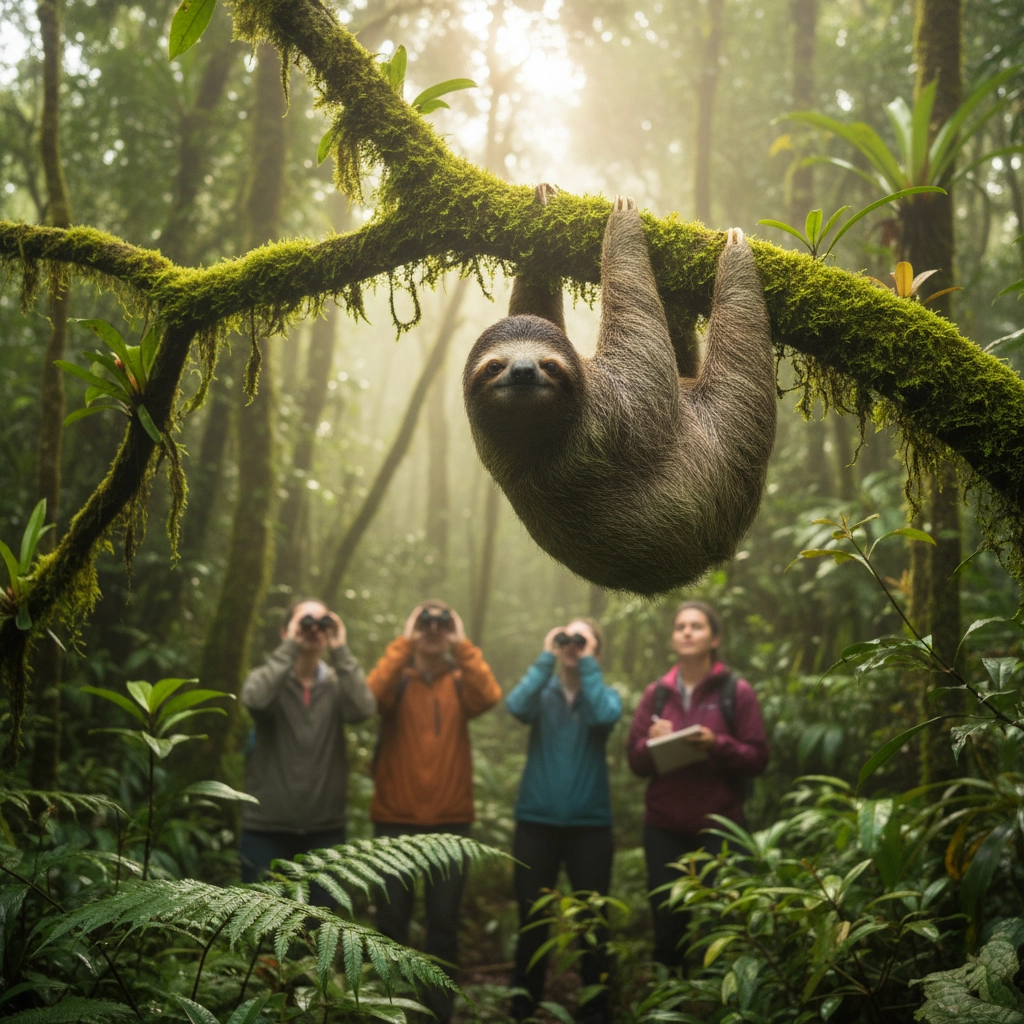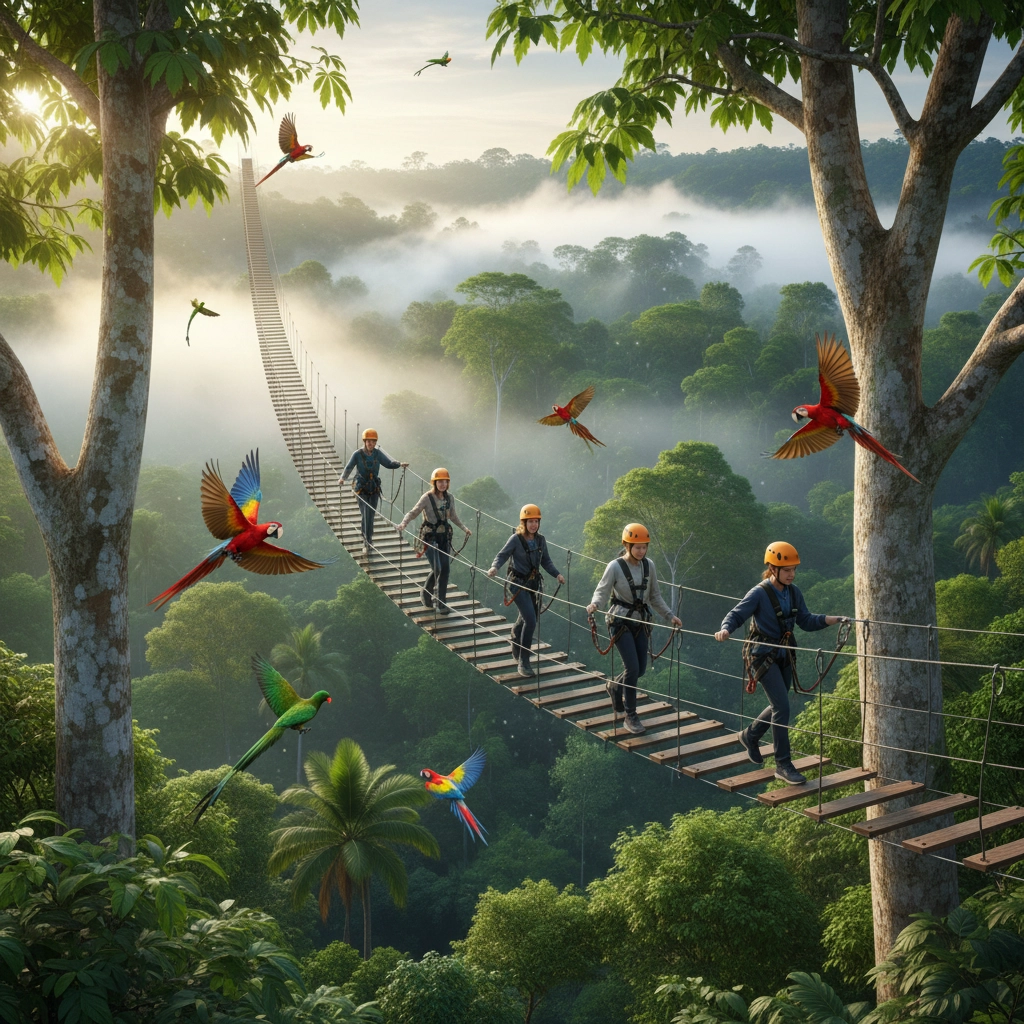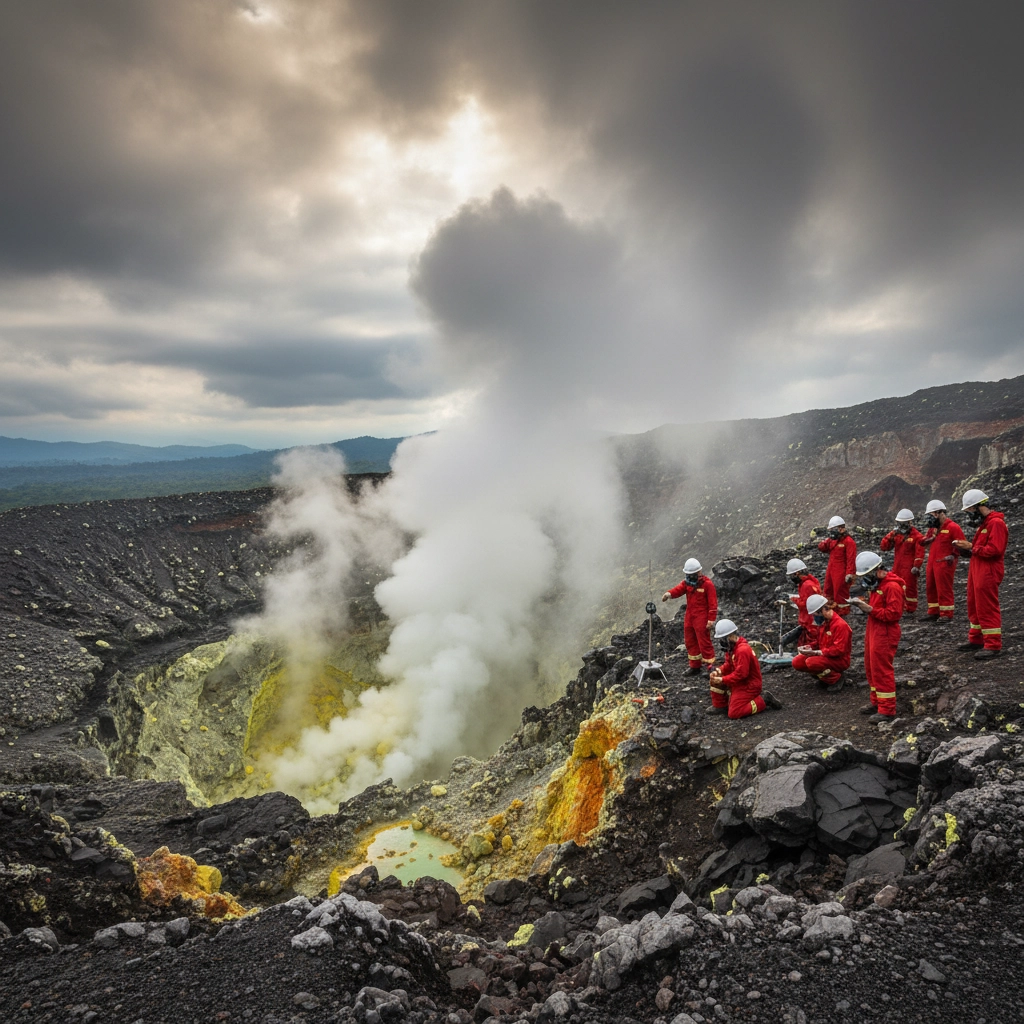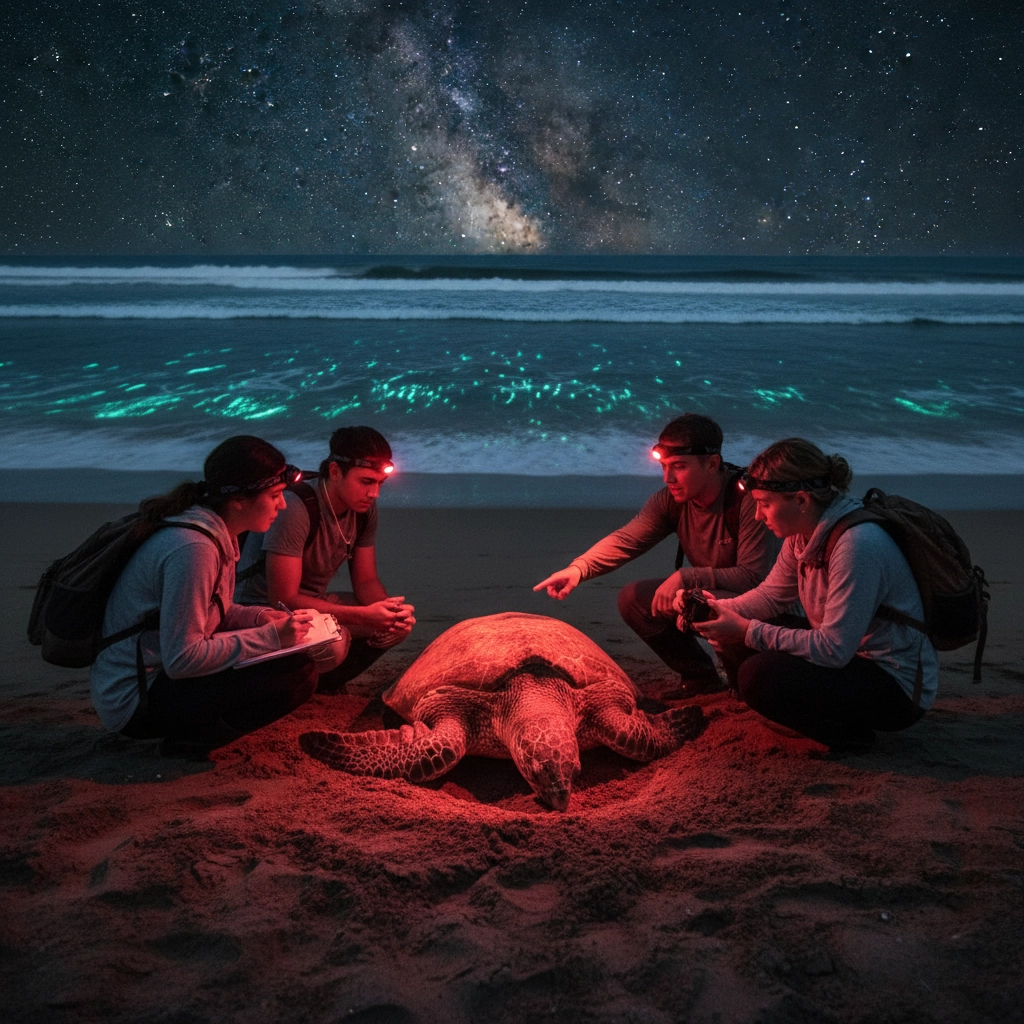Grand Canyon Educational Trips vs Costa Rica: Which Delivers Better Hands-On Learning?
- Caleb Mullenix
- Oct 20
- 5 min read
Selecting the optimal educational destination for your students requires careful evaluation of learning objectives, hands-on opportunities, and curriculum alignment. Both Grand Canyon and Costa Rica offer exceptional educational experiences, yet they deliver distinctly different types of hands-on learning that serve specific academic goals and age groups.
The Grand Canyon excels in geological sciences and deep-time learning, providing unparalleled access to Earth's history through direct observation and expert-guided exploration. Costa Rica delivers superior biodiversity education with immediate applications in sustainability, conservation, and renewable energy systems. Your choice should align with your curriculum priorities, student developmental stage, and desired learning outcomes.
Grand Canyon Educational Opportunities
The Grand Canyon represents one of the world's most comprehensive outdoor geological classrooms. The canyon exposes geological treasures spanning two billion years of Earth's history, providing students with a tangible timeline of planetary evolution. This destination offers structured, standards-aligned educational programs specifically designed for different grade levels.
Core Educational Strengths
The canyon's layered rock formations function as a visual textbook of geological processes, plate tectonics, and fossil records. Students engage directly with rocks that are billions of years old, tracing the history of ancient seas, deserts, and dramatic climate changes. The National Park Service provides ranger-led field trips for grades 3-8 that align with Arizona Science Standards, ensuring curriculum relevance and educational rigor.

The Grand Canyon Conservancy Field Institute has partnered with the National Park Service for over 25 years, delivering educational programs reviewed by interdisciplinary teams of NPS educators and resource managers. These programs emphasize deep place-based learning, encouraging emotional and spiritual connections that promote long-term environmental stewardship.
Hands-On Learning Activities
Students participate in wilderness treks through diverse ecosystems, including Saguaro National Park exploration and hikes to Havasu Falls. Educational activities extend beyond geological observation to include water conservation studies in arid environments, desert ecosystem analysis, and indigenous cultural history investigations.
The learning experience incorporates kayaking at Lake Mead National Recreation Area and exploration of unique geological formations like the Wonderland of Rocks in Chiricahua. These activities provide practical applications of Earth science concepts while developing outdoor skills and environmental awareness.
Costa Rica Educational Excellence
Costa Rica functions as a living laboratory for biodiversity, sustainability, and renewable energy education. Despite being roughly the size of West Virginia, this destination contains 12 distinct microclimates ranging from tropical to alpine conditions, providing extraordinary educational diversity within manageable travel distances.
Sustainability and Conservation Focus
Costa Rica generated 98% of its electricity for 300 days in 2018 from renewable sources including wind, rivers, solar, and volcanic energy. This achievement provides students with real-world examples of successful sustainable development and renewable energy implementation at a national scale.

Students engage in hands-on conservation projects including environmental protection initiatives and animal rescue center operations. The educational experience includes opportunities for cultural immersion through homestay programs with local families, providing authentic perspectives on sustainable living practices.
Biodiversity and Ecosystem Studies
The country's diverse ecosystems offer unmatched opportunities for direct biological observation and research participation. Students explore the rainforest canals of Tortuguero, spotting caimans, monkeys, and sloths while learning about complex ecosystem relationships. The cloud forests of Monteverde, accessed via suspended canopy bridges, provide unique perspectives on vertical ecosystem stratification.
Active conservation participation includes turtle-monitoring patrols that contribute to legitimate scientific research. Students engage with local environmentalists and farmers to understand practical applications of sustainable agriculture and eco-tourism development.
Practical Learning Experiences
Educational activities include exploration of active volcanoes at Rincon de la Vieja with natural hot springs and bubbling mud pits, demonstrating geothermal processes and volcanic activity. Students study crystal-clear turquoise pools and waterfalls at Tenorio Volcano National Park, analyzing water chemistry and geological formation processes.

The country's focus on eco-tourism provides practical examples of how conservation and economic development can coexist successfully, offering valuable lessons in sustainable business practices and environmental responsibility.
Comparative Analysis Framework
Understanding the distinct advantages of each destination enables informed decision-making based on specific educational objectives and student needs.
Subject Area Alignment
Grand Canyon Advantages:
Unparalleled geological and Earth science education
Deep-time learning through direct fossil and rock observation
Climate history and paleontology applications
Water conservation in arid environments
Indigenous cultural integration
Costa Rica Advantages:
Comprehensive biodiversity and ecosystem studies
Renewable energy and sustainability education
Active conservation project participation
Cultural immersion and language opportunities
Multiple climate zone studies within short distances
Age Group Considerations
The Grand Canyon offers structured programs specifically designed for grades 3-8, with curriculum alignment to educational standards. These programs provide appropriate complexity levels for younger students while maintaining engagement and safety protocols.
Costa Rica programs accommodate broader age ranges, from middle school through high school, with flexibility to adjust complexity based on student developmental stages and academic backgrounds.

Learning Outcome Comparison
Strategic Destination Selection
Making the optimal choice requires careful consideration of your specific educational objectives, student characteristics, and institutional capabilities.
Choose Grand Canyon When:
Select this destination when your curriculum emphasizes Earth science, geology, paleontology, or climate history studies. The canyon excels for younger students (grades 3-8) who benefit from structured, standards-aligned programs offered by the National Park Service. This option provides ideal solutions for schools seeking domestic destinations with lower logistical complexity and budget constraints while delivering profound educational impact through deep-time geological learning.
The Grand Canyon offers superior value for schools emphasizing place-based learning and environmental stewardship development through direct connection with natural wonders. Safety protocols are well-established, and educational programming has decades of proven success.
Choose Costa Rica When:
Prioritize this destination when your focus centers on biological sciences, ecology, environmental sustainability, or renewable energy systems. Costa Rica provides superior educational value for middle and high school students studying ecosystems, biodiversity, conservation biology, or sustainable development principles.

The international experience adds valuable cultural dimensions and exposes students to real-world applications of environmental science. Costa Rica excels for schools that can incorporate service-learning components, as students contribute to actual conservation efforts like turtle monitoring and habitat restoration.
This destination serves schools seeking to develop global awareness, language skills, and cultural competency alongside scientific education. The diversity of learning opportunities within a compact geographical area maximizes educational efficiency and student engagement.
Implementation Recommendations
Begin planning your educational expedition by clearly defining learning objectives and aligning destination choice with curriculum requirements. Ensure that all safety protocols, emergency procedures, and communication plans are thoroughly developed before departure.
For comprehensive science education programs, consider sequencing both destinations across different grade levels: Grand Canyon for middle school Earth science foundations, followed by Costa Rica for high school environmental science and sustainability studies.
Both destinations transform abstract scientific concepts into tangible, memorable learning experiences that students will carry throughout their academic careers. The key lies in matching destination strengths with your specific educational goals and student needs to maximize learning outcomes and ensure program success.
Prioritize thorough preparation, clear communication with all stakeholders, and comprehensive safety planning to ensure your chosen destination delivers optimal educational value while maintaining the highest standards of student welfare and academic excellence.



Comments